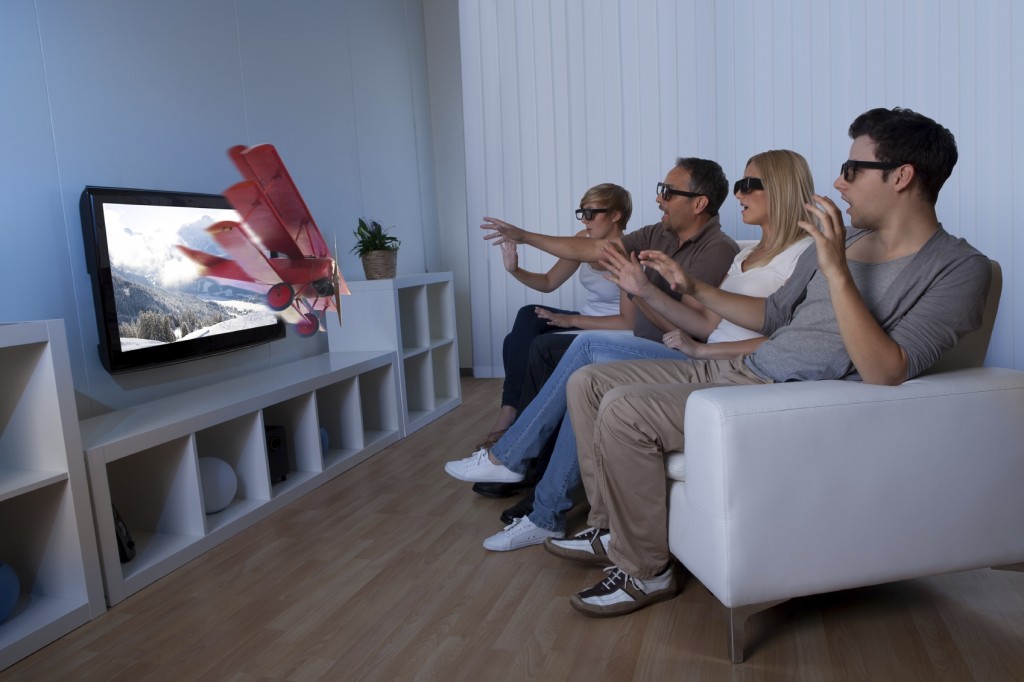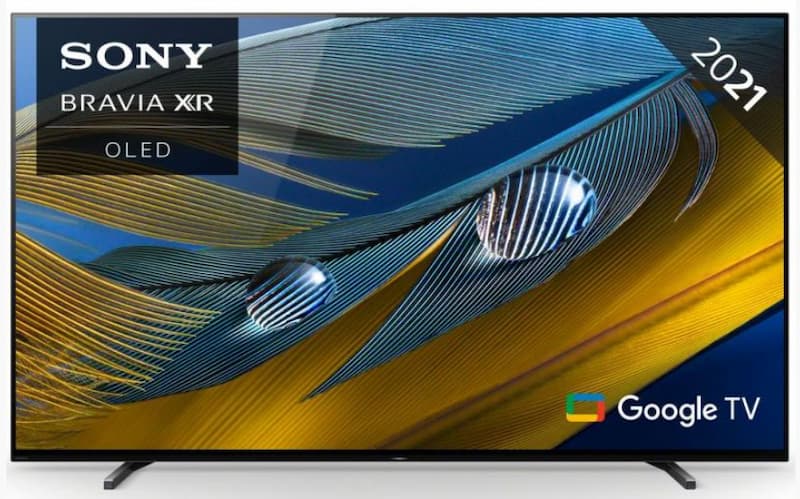With such a wide variety of specifications available nowadays, choosing a television can be challenging. And when you’re looking to get a cheap TV deal, you need to make sure of what you’re buying. With today’s technology seemingly changing every day, it can become confusing to decide whether or not you should buy a 3D TV.
Though 3D first became famous for its use in the big screen, you can now enjoy it without leaving the comfort of your home. A 3D TV is capable of displaying three-dimensional content with the aid of 3D lenses. And even if you opt to watch 2D instead of 3D in your television, the image will still be sharper.
So you decide to go for it. But then you find yourself perplexed by another choice: should you get a TV with active or passive 3D?

Passive 3D
A passive, or polarised, 3D system uses polarisation lenses to create a three-dimensional image. This means that two images are shown on the screen and, with 3D glasses, your left eye only sees the image on the left, and the right eye only sees the one on the right. The resulting image is the combination of these two. This is the most widely known technology, as it’s the one used in cinemas.
Active 3D
For this approach you need different glasses, ones that have LCD lenses capable of synchronising with the images on the screen. These lenses continually turn from opaque to transparent, like the opening and closing of a shutter. The 3D TV alternates between showing an image for the left eye and another for the right eye, and it does this at least 100 times per second or more, resulting in a higher resolution image.

To make your decision, you might want to consider the price, since it’s what differs most between them. With passive 3D you can get less expensive glasses that don’t require batteries and are lighter to use, but the resolution of the image on screen will be lower. The active 3D glasses are considerably more expensive and heavy on your face, and they do require batteries, but the image you see on your TV will be sharper. If you tilt or move your head too much, with either of these options, the quality of the three-dimensional image suffers. So both passive and active 3D have their benefits and disadvantages, which means that in the end it comes down to your personal choice.
If you’re looking to buy one of our 3D televisions, or if you just need information, please contact us or call us on 0121 327 3273.





